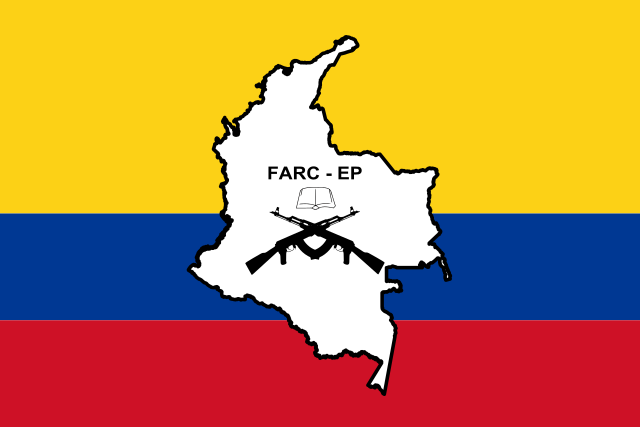Katie Jacoby shares all the words you may need to open an account
One of the milestones for foreigners living in Bogota is opening a bank account, and for good reason. The process is not always a walk in the park, but having a local bank account makes life much easier in many ways. In this column we’re going to go over some financial vocabulary related to opening and holding a bank account.
First you need to find your way to un banco, and it would make sense to choose la sucursal (branch) or la oficina closest to you.
Abrir una cuenta is to open an account, and most people opt for one of two options: una cuenta corriente (current account or checking account) or una cuenta de ahorros (savings account). A joint account is una cuenta conjunta. Una cuenta de nómina is for direct deposits of an employee’s salary.
In order to begin the process, you’ll have to diligenciar, or fill out, many forms. While filling out forms, you may have to indicate if you’re a persona natural or a persona jurídica. Not to worry; this is just asking if you’re an individual or a registered legal entity. If you’re asked for colillas de pago, you’ll need to show them your pay stubs/cheques (colilla also means a cigarette butt). Once you have the account, you’ll be the titular de la cuenta: the account holder.
Your account may have a cuota de manejo (monthly maintenance fee). Make sure to ask about other comisiones and cargos – fees and charges. El 4×1000 (pronounced cuatro por mil) is one particularly infamous Colombian tax on financial transactions. On the brighter side, you might want to shop around to find the bank with the most favorable tasas de interés, or interest rates. An interest-bearing account devenga or gana intereses.
Your money will largely move in one of two directions: you’ll either be putting money in your account or taking it out. Here in Colombia, to deposit money is consignar, and a deposit is una consignación. These words are not common in other countries – depositar and depósito are the universal terms. To withdraw money is retirar (Think of how a waiter asks you “¿Te retiro?” in a restaurant before taking your empty plates away), and a withdrawal is un retiro. Though there are automated options, most people go to the ventanilla, or the teller’s window, to make deposits and to un cajero automático (an ATM or cash machine) to withdraw. You can also just call it un cajero. Un cajero means a cashier or teller as well.
Abonar and acreditar are verbs that indicate that money is credited to your account; the opposite is debitar, which indicates that an amount is debited from your account. When your debits are greater than your credits, you’ll have una insuficiencia de fondos, also known as un sobregiro (an overdraft).
When discussing how many days it will take a cheque to clear or a deposit to be posted, one often talks about business days: in Spanish, these are días hábiles or días laborables. Business hours are el horario laboral or horas de oficina.
Like most 21st century dwellers, you’re sure to want online banking, so ask about consultas en internet or transacciones en línea. Online, you’ll probably want to regularly check your account balance, which is your saldo, and it’s worth finding out beforehand if the account requires a saldo mínimo. You may also be able to print out your bank statements online: these are your estados de cuenta or extractos bancarios.
Foreign currencies are referred to as divisas, and you may need to keep a close eye on the tasa de cambio: the exchange rate. To ask about the exchange rate for a certain currency, say, ¿A cómo está el dólar? or the relevant currency.
Monto and importe are two formal words that are common in banking and business to simply indicate an amount or sum – maybe in a banking transaction, maybe on an invoice.
You’ll probably get a debit card, credit card, or ATM card linked to your account; card is tarjeta. You’ll have to assign it una clave, or password. Cloning/skimming – clonar una tarjeta – used to be a big problem in Colombia, which is why cards now come with un chip. If your card is stolen or cloned, you’ll want to bloquear your card ASAP. If you notice suspicious charges that you know you didn’t make, you’ll need to hacer un reclamo in order to contest them.
The traditional and time-honoured bank for small amounts is the piggy bank, and alcancías are a very common sight in Colombian homes. But when your piggy is fit to burst, head to a bank with your dough and this vocabulary to start enjoying the millionaire’s life (peso style!).
Katie Jacoby is a Spanish-English translator and has been in Colombia for 3 years. Feel free to leave her a comment or ideas for future columns on her language website, vocabat.com.





